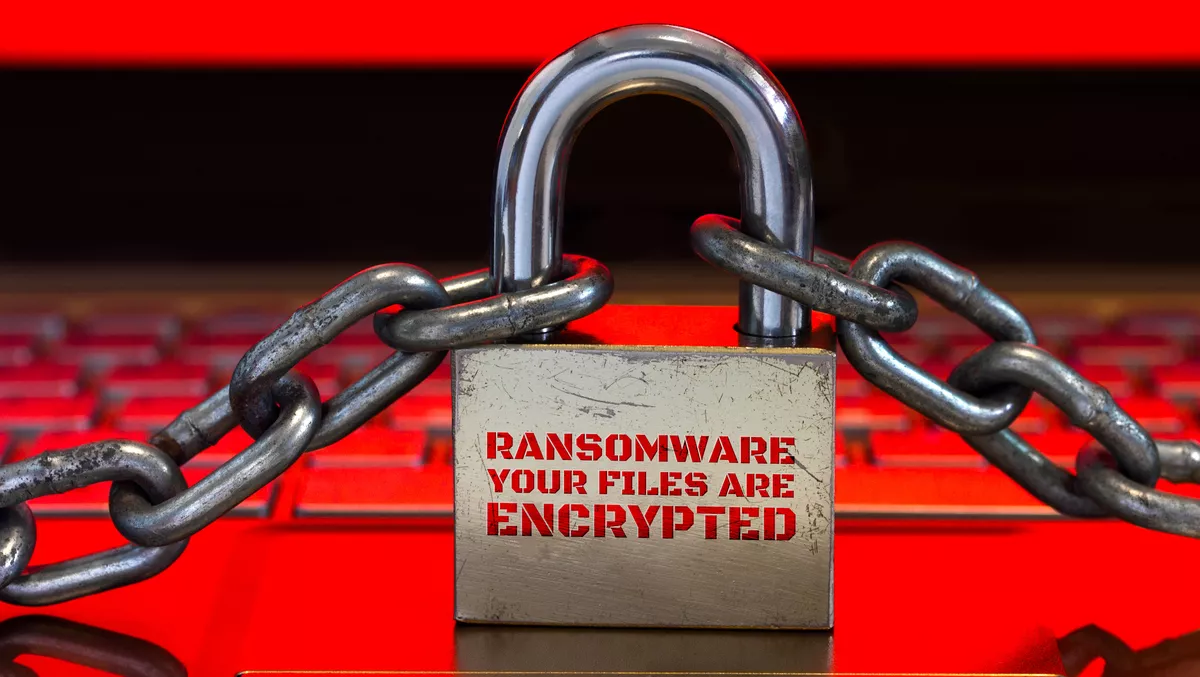
Ransomware biggest cyberthreat amongst organisations - report
Most organisations are more concerned about ransomware than other cyberthreats, according to the 2021 Global State of Ransomware Report from Fortinet.
However, while the majority of organisations surveyed indicated they are prepared for a ransomware attack, including employee cyber training, risk assessment plans, and cybersecurity insurance, there was a clear gap in what many respondents viewed as essential technology solutions for protection and the technology that can best guard against the most commonly reported methods to gain entry to their networks.
Based on the technologies viewed as essential, organisations were most concerned about remote workers and devices, with secure web gateway, VPN and network access control among the top choices. While ZTNA is an emerging technology, it should be considered a replacement for traditional VPN technology.
However, most concerning was the low importance of segmentation (31 per cent), a critical technology solution that prevents intruders from moving laterally across the network to access critical data and IP. Likewise, user and entity behaviour analytics (UEBA) and sandboxing play a critical role in identifying intrusions and new malware strains, yet both were lower on the list.
Another surprise was secure email gateway at 33 per cent, given phishing was reported as a common entry method of attackers.
Organisations more concerned about losing data
The top concern of organisations regarding a ransomware attack was the risk of losing data, with the loss of productivity and the interruption of operations following closely behind. In addition, 84 per cent of organisations reported having an incident response plan, and cybersecurity insurance was a part of 57 per cent of those plans. In regards to paying ransom if attacked, the procedure for 49 per cent was to pay the ransom outright, and for another 25 per cent, it depends on how expensive the ransom is. Of the one-quarter who paid ransom, most, but not all, got their data back.
Ransomware concerns consistent globally
While concerns about ransomware were reasonably consistent across the board, there were some differences regionally. Respondents in EMEA (95 per cent), Latin America (98 per cent), and Asia-Pacific/Japan (APJ) (98 per cent) were only slightly more concerned about ransomware attacks than their peers in North America (92 per cent).
All regions perceive the loss of data as the top risk associated with a ransomware attack, along with the worry that they will be unable to keep up with an increasingly sophisticated threat landscape. APJ, uniquely, lists the lack of user awareness and training as their top concern. Respondents in APJ and Latin America were more likely to have been victims of a ransomware attack in the past (78 per cent) compared to 59 per cent in North America and 58 per cent in EMEA. Phishing lures were a common attack vector everywhere, while remote desktop protocol (RDP) exploits and open vulnerable ports were top attack vectors in APJ and Latin America.
The need for integration and intelligence
Almost all respondents view actionable threat intelligence with integrated security solutions or a platform as critical to preventing ransomware attacks and see value in artificial intelligence (AI)-driven behavioural detection capabilities.
While almost all of those surveyed felt they are moderately prepared and plan to invest in employee cyber awareness training, it is clear from the survey that organisations need to recognise the value of investing in technologies like advanced email security, segmentation, and sandboxing, in addition to the mainstays of next-generation firewall (NGFW), secure web gateway (SWG), and EDR, to detect, prevent, and limit ransomware.
It is important that organisations consider and evaluate these solutions to reduce risk given today's ransomware tactics and techniques. The most advanced organisations will adopt a security approach for their ransomware protection strategy that is platform-based and provides core capabilities fully integrated with actionable threat intelligence. They must also be designed to interoperate as a unified system and be enhanced with AI and machine learning to better detect and respond to ransomware threats.
"According to a recent FortiGuard Labs Global Threat Landscape report, ransomware grew 1070 per cent year over year. Unsurprisingly, organisations cited the evolving threat landscape as one of the top challenges in preventing ransomware attacks," says John Maddison, EVP of products and CMO, Fortinet.
"As evidenced by our ransomware survey, there is a huge opportunity for the adoption of technology solutions like segmentation, software-defined wide-area network (SD-WAN), zero-trust network access (ZTNA), as well as secure email gateway (SEG) and endpoint detection and response (EDR), to help protect against the threat of ransomware and the methods of access most commonly reported by respondents.
"The high amount of attacks demonstrates the urgency for organisations to ensure their security addresses the latest ransomware attack techniques across networks, endpoints, and clouds," he says.
"The good news is that organisations are recognising the value of a platform approach to ransomware defence.


